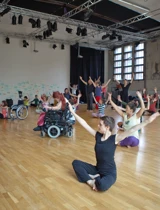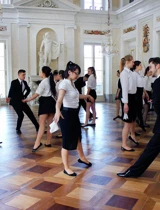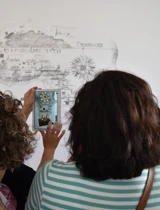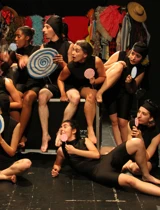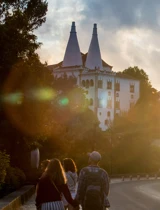Museum of the Wilanów Palace
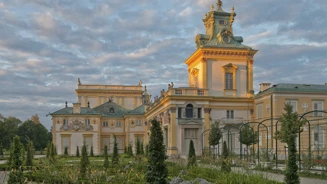
The Museum of King Jan III's Palace in Wilanów is a state cultural institution reporting to the Minister of Culture and National Heritage, carrying out activities in the field of protection, sharing, education, documentation and popularization of art collections, nature and national heritage. The museum is housed in a baroque palace, the residence of King Jan III. It is also the oldest art museum in Poland, founded in 1805. It implements the idea of an open museum, directing its activities to anyone who visits the palace in person or through the web page, taking into account all social groups. It pays special attention to the needs of various groups of visitors and constantly improves the quality of the offer by using the most effective means of education, exchange of knowledge and social communication. The museum has been awarded many times for its contribution to the protection of monuments and the development of environmental protection as well as innovation in the field of education, conservation, exhibition and scientific activities. The museum cooperates with cultural institutions, scientific and academic centres in Poland and throughout Europe. Since 2006, the Museum has been a member of the Association des Résidences Royales Européennes, a network of cultural institutions managing royal residences in many European countries. The museum is an active member of ICOM (International Council of Museums).
The Museum of King Jan III’s Palace at Wilanów preserves the unique Wilanów microcosmos created by Jan Sobieski in the late 17th century. The museum houses much more than the collection itself – it also encompasses spatial layouts and the whole body of an intangible heritage of knowledge and skills, over which institutions such as museums should exercise special care. Every year millions of tourists visit the museum. Their one-off visits, however, carry limited potential for developing more permanent relationships between the audiences and the institution. The museum strives to involve local schools and adjust educational offer to support key learning competences within the younger public. Creating new exhibition narratives enables the Museum to adapt its permanent exhibition to the educational needs of youth (critical thinking, cultural awareness and expression competences) and develop museum audience. We have extensive experience in preparing exhibitions and designing narrative based on the history of this baroque residence. The museum is actively implementing new digital solutions to support visitors with an easy access to current knowledge about the history of its collection, such as Passage to Knowledge (articles on museum website), films, e-learning materials, mobile applications, online classes. Our team has gained a vast experience in both coordinating and managing numerous education projects for different audiences: schools, families, adults and seniors. Each year the museum organizes different educational activities (classes, workshops, courses etc.) devoted to historical and natural heritage and historical reenactment.
For many years now, MPW has been running the educational programs based on the permanent exhibition of the palace and its surroundings (historical gardens and nature reserve). The main target groups of this program are schools from Poland and individual visitors from Europe. MPW classes are targeted to different educational stage – pupils from 4 to 19 years of age. The museum’s educational activities are connected with school curricula and enable to disseminate knowledge about the Wilanow heritage. MPW strives to increase attendance of youths in the museum’s educational program. This group rarely frequents the museum. By implementing the project, the museum will mobilise youths and include them in the process of reinterpretation of permanent exhibition through contemporary dance. Combing historical narration with this artistic form of expression will create a new approach to this European heritage. The implementation of this project will help mobilise youth by equipping them with the critical thinking competences needed to understand and protect the European heritage. MPW will appoint to 3 employees the project: the curator from the Department of Art, responsible for the creation of the new exhibition’s narrative and also the selection of the objects; the educator from the Department of Education, responsible for connecting the narrative of the new exhibition to the school curricula, as well as collaborating with a school; and one member of staff responsible for financial reports, with experience in the accounting of projects financed with EU funds. The museum educator already has experience in running educational projects, including those implemented under EU funds (Leonardo da Vinci, Culture). All the employees of the museum demonstrate organizational efficiency: task and activity planning, time management and stress management. The curator is experienced as a member of international projects and task groups and aware of current and long-term plans for the museum’s exhibitions.

